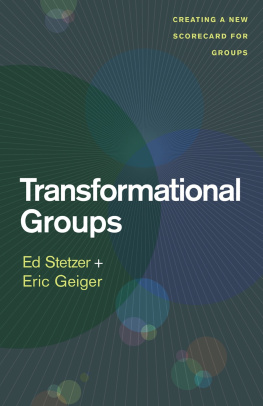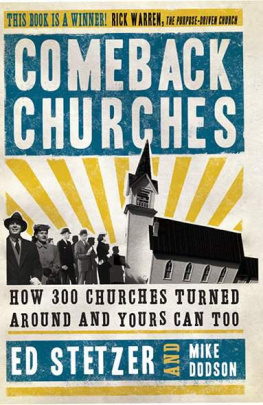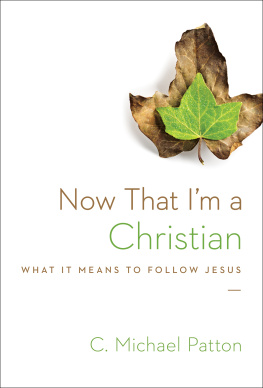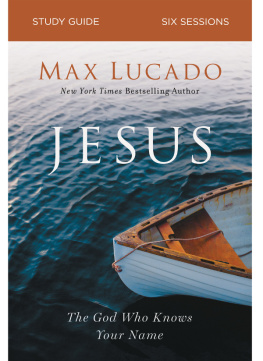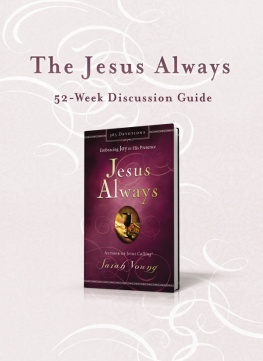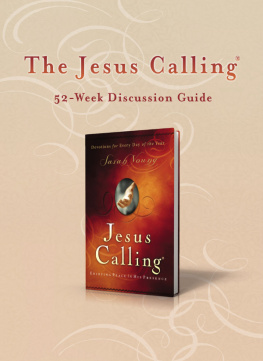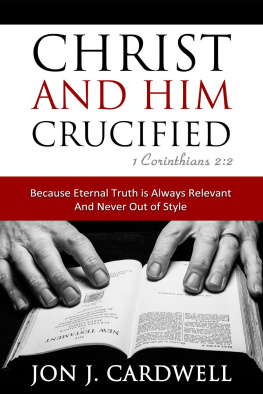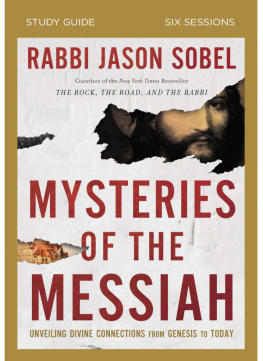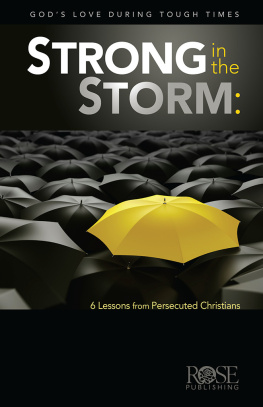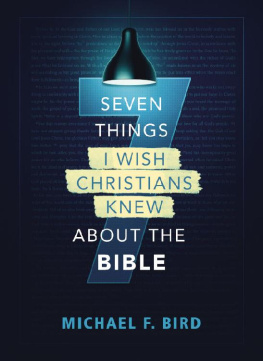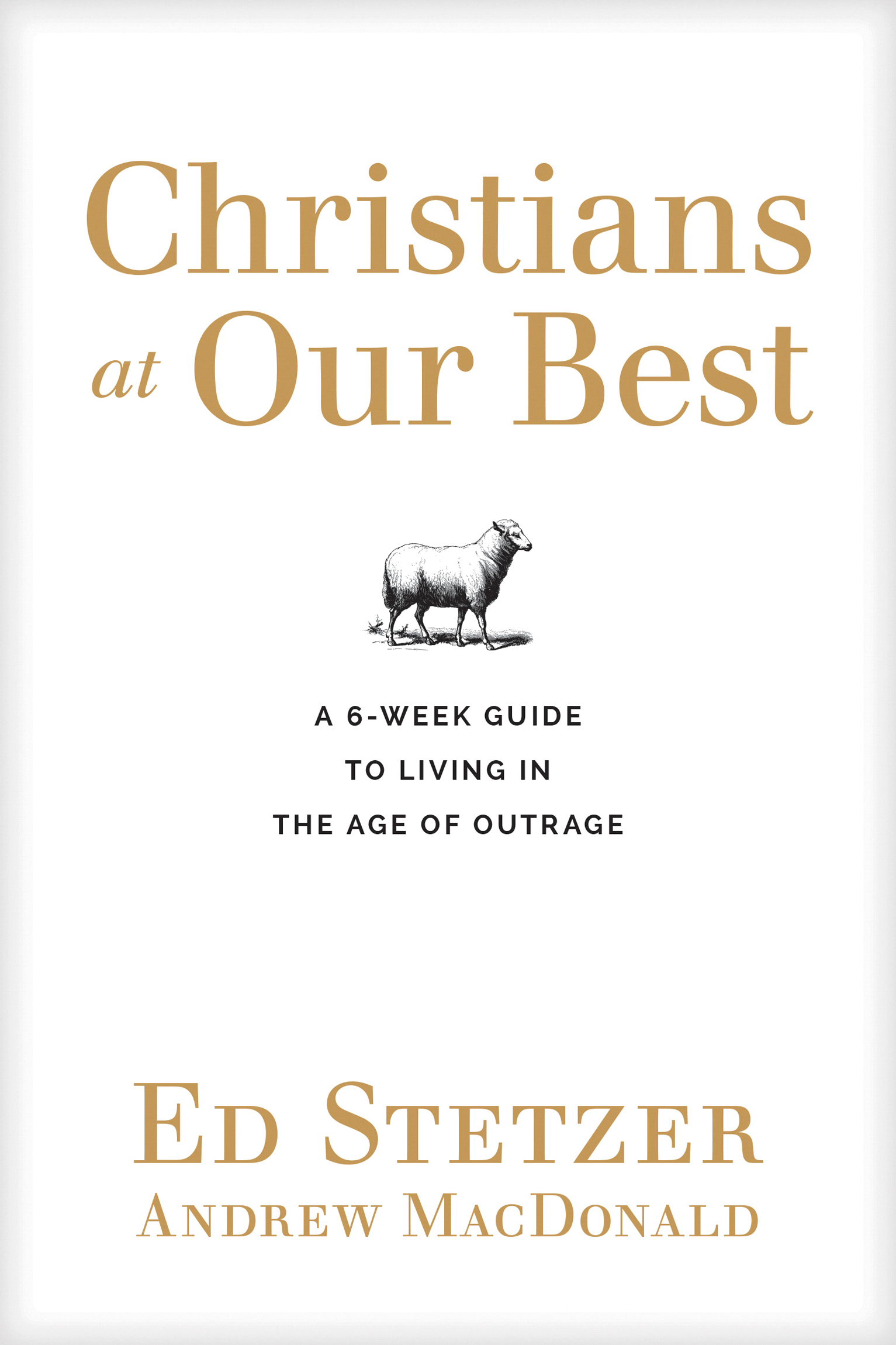Visit Tyndale online at www.tyndale.com.
Visit Tyndale Momentum online at www.tyndalemomentum.com.
Visit Ed Stetzers website at edstetzer.com.
TYNDALE, Tyndale Momentum, and Tyndales quill logo are registered trademarks of Tyndale House Publishers, Inc. The Tyndale Momentum logo is a trademark of Tyndale House Publishers, Inc. Tyndale Momentum is the nonfiction imprint of Tyndale House Publishers, Inc., Carol Stream, Illinois.
Christians at Our Best: A Six-Week Guide to Living in the Age of Outrage
Copyright 2019 by Ed Stetzer. All rights reserved.
Cover and interior illustration of sheep copyright by Engin Korkmaz/Dreamstime.com. All rights reserved.
Designed by Mark Anthony Lane II
Published in association with the literary agency of Mark Sweeney and Associates, Naples, FL 34113.
Unless otherwise indicated, all Scripture quotations are taken from the Holy Bible, New Living Translation, copyright 1996, 2004, 2015 by Tyndale House Foundation. Used by permission of Tyndale House Publishers, Inc., Carol Stream, Illinois 60188. All rights reserved.
Scripture quotations marked ESV are taken from The Holy Bible, English Standard Version (ESV), copyright 2001 by Crossway, a publishing ministry of Good News Publishers. Used by permission. All rights reserved.
Scripture quotations marked NIV are taken from the Holy Bible, New International Version, NIV. Copyright 1973, 1978, 1984, 2011 by Biblica, Inc. Used by permission. All rights reserved worldwide.
For information about special discounts for bulk purchases, please contact Tyndale House Publishers at , or call 1-800-323-9400.
ISBN 978-1-4964-3638-2
ISBN 978-1-4964-3640-5 (ePub); ISBN 978-1-4964-3639-9 (Kindle); ISBN 978-1-4964-3641-2 (Apple)
Build: 2021-04-21 09:50:26 EPUB 3.0
INTRODUCTION
Bringing Our Best to a World Engulfed in Outrage
S EVERAL YEARS AGO, Andrew, my coauthor on Christians at Our Best, served in a young church that suddenly found itself engulfed in outrage. It had quickly grown from a small church plant meeting in the basement of another church to an established fellowship owning its own property after merging with an older church. As the church continued to grow, the parking lot overflowed each weekend, and many people had to park in the streets of the surrounding neighborhood. To meet the growing need for parking and space, the elders began planning for a building addition.
The first dark clouds warning of an impending storm of outrage were a few handwritten notes local residents left on some members cars after services. Upset at the vehicles parked outside their houses, the community slowly became more vocal in their anger toward the church. Within a few months, the elders began to hear stories of confrontations between church members and neighbors before and after services.
What had been a minor disagreement erupted into a full-scale war once construction on a building addition was set to begin. On the day the construction equipment was scheduled to arrive so workers could break ground, someone from city hall called to tell the church to halt construction. They had been flooded with calls from the neighbors and were putting a hold on work until they could sort out the problem. Suddenly what had been a small issue affecting a handful of people began to consume every meeting and conversation in the church.
Even more disheartening than the stubborn and mounting hostility from area residents was the reaction of some people in the church. During meetings about the churchs future, several people recommended that members respond in kind: to match outrage for outrage. This small but vocal group tried to paint their neighbors as evil tools Satan was using to stop Gods church. Constantly talking about their rights, they tried to push the church into using every legal and social option to defeat and silence those opponents of the gospel. As the intensity of the conflict increased, quite a few people simply tried to check out. Their strategy was to ignore the problem, committing to make do with their current situation and hoping that the storm would blow over.
Neither attitude proved effective. The conflict dragged on for months as both Christians and non-Christians fed into one anothers anger, suspicion, and division. At one point, the level of hostility was so high that an area resident confronted the senior pastor and elders with the threat that the church would expand over my dead body.
Welcome to the age of outrage.
Perhaps youve had a similar experience within your church or in your local community. Sadly, Andrews experience is hardly unique. In working to revitalize churches, I frequently sit through meetings in which elders and pastors recount similar stories of outrage. Even in my own writing I am targeted by vitriol and hate for helping Christians make sense of current events. Our world is filled with unprecedented outrage against Christians, by Christians, and most disturbing, by Christians against Christians. In every corner of the Internet, on every cable news program, and even around many family dinner tables, we see people spewing anger and discord. Of course, political and cultural divisions are hardly new. Yet the combination of rapid advances in technology and the shift of Western society into a post-Christian culture seems to have unleashed a wave of outrage.
Certainly problems like terrorism, sex trafficking, abortion, systemic racism, child poverty, political corruption, and opioid addiction rightly capture our attention. Worse yet are those who profess to know Christ but become the center of scandal and controversy, seemingly unaware of how their actions and words are damaging the witness of the church. These issues deserve a measure of outrage, dont they? They certainly deserve our anger.
In moments like these, it is easy to simply join the chorus of angry voices or shrink back into isolation. To become agents of outrage ourselves or to refuse to engage at all.
For many of us, the constant yelling and finger-pointing gets our blood boiling. Without thinking twice, we jump recklessly into the fray, trading shot for shot with others on social media or in the line at Starbucks.
Most of us, however, retreat from the anger around us. We see people torn apart in the news, online, or in real life for having views and beliefs similar to our own, so we shy away. Or we ourselves have been burned by an outraged culture and vow never again. Not wanting to be branded as intolerant by some or as heretics by others, we choose simply not to engage.
There is a better way. At this critical time, we need to remember Christs encouragement and exhortation that he has overcome the world (John 16:33). No matter how chaotic and angry our culture becomes, God continues to reign through the redemptive work of Christ, and he is establishing his Kingdom. This insight informed the apostle Pauls simple question in Romans 8:31: If God is for us, who can ever be against us?
As Christians, we need to consider what it means to be salt and light in our age. Whether we face outrage toward Christians, outrage by Christians, or simply outrage at the outrage, how can we show and share the love of Jesus in a world whose brokenness and pride so often lead to division, self-interest, and offense? This discussion guide is designed to help you answer such questions. I address these themes further in


